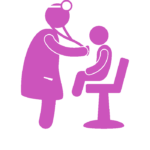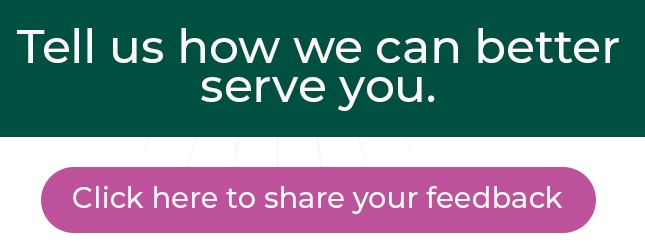Child injury prevention is important; this is because they can’t help or treat themselves. Sometimes, they don’t even know the right words to use to express themselves when in pain, so you can’t accurately gauge how much or the exact cause if you weren’t present at the time of the accident.
Children are the most vulnerable of the general population – so as their caretakers and guardians, we should educate ourselves on the best way to administer care to them. This way, we can effectively reduce the mortality rate from accidents or events that cause some harm to your young ones.
First Aid Saves Lives.
As much as we try to prevent injuries to our little ones whether at home, school or in other environments, they still happen with or without our intervention.
So what steps should we take to immediately avert further harm or danger to our kids before we get them to the hospital?
Firstly, note that first aid responses can differ depending on the situation. For example, how you would respond to an asthma attack will be different to a physical injury. And please remember that whatever you do, it is still absolutely recommended to take your ward to the hospital afterwards as he/she will need further checkups to diagnose correctly the extent of the injury.
In the meantime, here is a general way to administer first aid appropriately:
- Have a first aid kit at hand or use a nearby one
- Make sure the child and others around are out of danger
- Check for their response and try to make them comfortable and then treat the area of injury using the first aid kit
- If there is no response, call for medical help immediately.
- Then, check the child’s airway by opening their mouth to makes sure there’s no obstruction
- Look, Listen and feel for breathing. If breathing normally, place in recovery position
- If not breathing normally, immediately begin CPR (cardiopulmonary resuscitation). You can learn how to do that safely here
This is not an exhaustive list of first-aid practices, but with these tips, you can definitely feel more confident the next time a young child around you suffer from an accident.
You can also walk into any of our facilities at R-Jolad to learn more from our expert medical staff on how to safely conduct first aid and we’ll gladly walk you through different scenarios and practices.
As said earlier, it’s always best to bring the affected ward to the hospital, so he/she can be well treated to avoid worse effects.



































